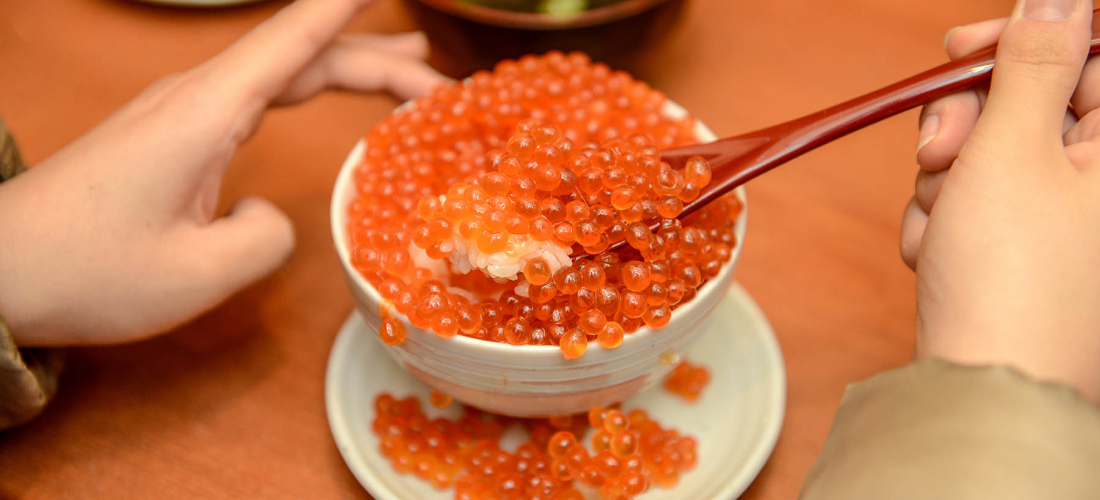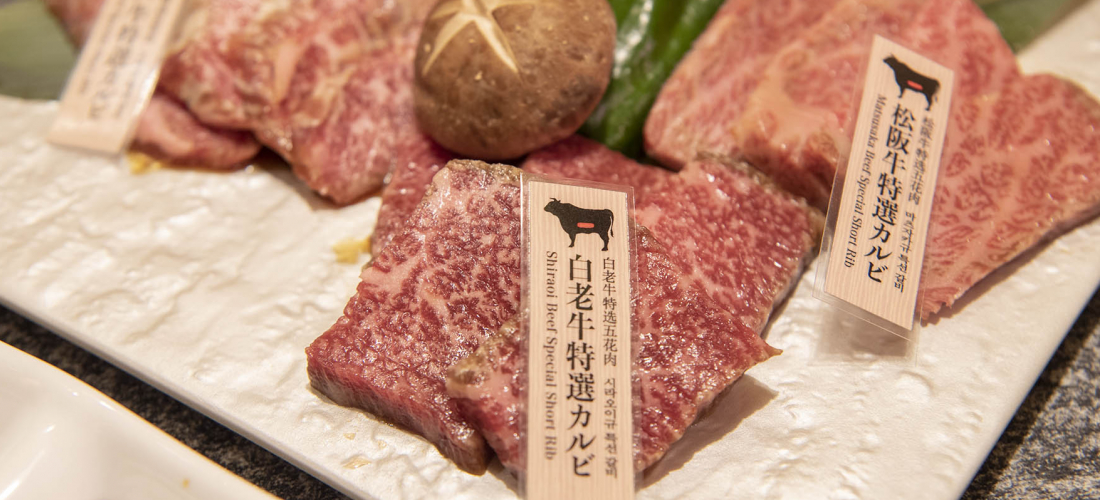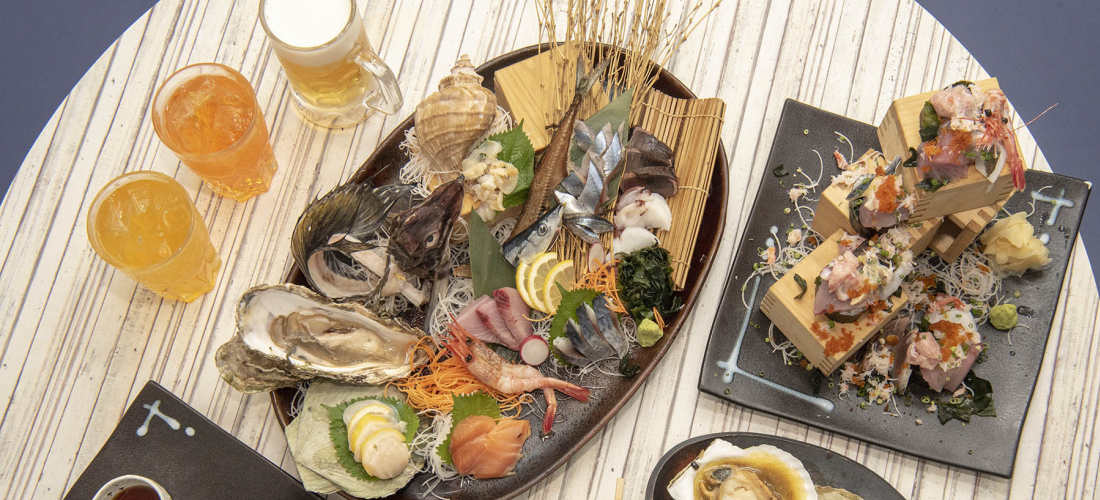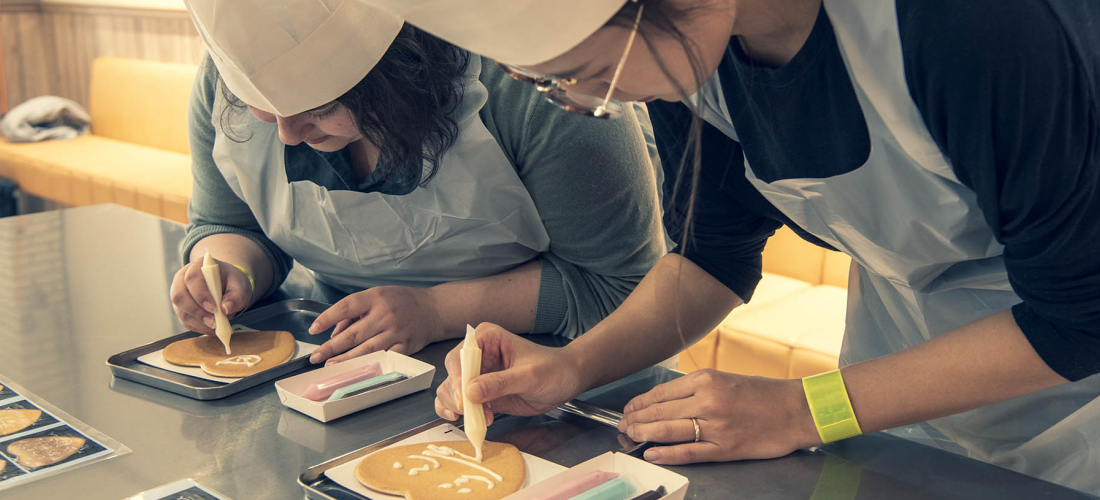
CONTENTS
Not sure what to do in Sapporo? Hokkaido travel has been on the rise among foreign travelers to Japan in recent years, but with most visitors heading right to the region’s ski slopes or Furano’s lavender fields, Sapporo sometimes falls between the cracks. The JAPANKURU team is here to tell you: with great Sapporo restaurants, beautiful views, and fun sightseeing spots, it’s worth checking out. Don’t forget Sapporo!
The Charming Capital of Japan’s Northernmost Island:
Sapporo
Known for beer and snow, Sapporo is a bit of a departure from the other big cities of Japan, which is exactly why a trip to Hokkaido's capital is worth it! Sapporo makes a great home base while exploring the lavender and snowy mountains of surrounding towns, and with great food and plenty of sightseeing attractions, a walk around its compact downtown area and some excursions to the city's outskirts deserve a place on your itinerary as well. To start planning your next trip, check out what the JAPANKURU team got up to when we visited, including some tasty food, strangely adorable mascots, and fun places to spend an afternoon!
Locals say that this block absolutely covered with brightly lit billboards is iconic of Sapporo. It's a pity that some of the most famous ones weren't lit up the night we visited (look out for Nikka Whisky's bearded gentlemen when you pass by), but it was still pretty impressive!
Sapporo Restaurants
Thanks to the space for wide-open pastures and an expansive coastline, Hokkaido is known nationwide for its high-quality meat and vegetables, alongside fresh and flavorful seafood. All of these are gathered together in Sapporo, making it an ideal stop on any gourmand's food tour!
Hokkaido is one of the best places in the world to sample the super-fresh salmon. If your favorite part of the fish is the salmon roe (if you're an "ikura" lover) you'll definitely want to stop by Umi Hachikyo for their overflowing bowls of marinated salmon roe over rice.
Kitano Gourmet: Fresh Seafood Bowls
A ten-minute taxi drive from Sapporo Station, the Sapporo Central Wholesale Market opens early in the morning at 6 am, and offers some of the freshest seafood in the city until 5 pm. It's here at the market nicknamed "Hokkaido's Kitchen" that you'll find some of the best ingredients from all over Hokkaido, which go into making the spectacular cuisine at Kitano Gourmet.
If you want to sample the marine delicacies of the area, this seafood bowl (or "kaisen-don", 海鮮丼) is often ranked #1. Open throughout the morning (prepared food available from 7!), you can duck in to the shop and dig in to the seafood whenever your stomach starts to growl.
Kitano Gourmet (北のグルメ)
Sapporo Central Wholesale Market, Japan, 22-4-1 Jonishi, 11 Kita, Chuo Ward, Sapporo, Hokkaido
Market Hours: 6:00 – 17:00 | Dining Hours: 7:00 – 15:00
Official Website (en)
Korean BBQ Wagyu Kurosawa: Yakiniku with High-Quality Japanese Beef
Wagyu… from Hokkaido? ("Wagyu" refers to extremely high-quality Japanese beef, and isn't a label applied lightly – there are official certifications!) While Kobe beef is so famously tender that it's known even in the US, Hokkaido tends to be known more for the dairy that cows produce than the meat itself. But, of course the same conditions that make Hokkaido a great place for dairy cows, also make it an excellent environment for Japanese wagyu cattle.
If you want to eat some absolutely amazing Japanese beef while visiting the country, Wagyu Kurosawa's yakiniku (Korean BBQ) branch is an obvious choice. Not only do they offer the highest possible quality of Kobe beef, they also have Matsuzaka beef (which is often ranked as the second-best in Japan), and most interestingly: Shiraoi beef. Shiraoi is wagyu that comes from Hokkaido itself, and since it hasn't quite become famous enough to be sold around the country (yet), you have to give it a taste while you're in the region!
Yakiniku Wagyu Kurosawa is committed to only offering the very best ("hotel-grade") wagyu, and the owner's infectious enthusiasm for the top-notch beef is obvious if you run into him. Ask about the official certifications for the beef you're eating, and they'll bring out the labeled whole cuts, showing you all the details.
They'll even show you the official documents proving the origin and authentic quality of each and every hunk of meat they use!
If you haven't gotten a chance to try Japanese yakiniku barbecue (焼肉), this is an indulgent introduction to the hearty cuisine. Since wagyu can end up getting a little pricey, staff at the restaurant highly recommend getting a sampler plate of their three wagyu varieties (Kobe, Matsuzaka, and Shiraoi) for your group, and then following it up with a selection of some normal (but still really delicious) non-"wagyu" beef to fill everyone up to the bursting.
They also have local produce to grill alongside your beef, like Hokkaido pumpkin, mushrooms, and peppers, which adds some fresh variety to the meal's main course.
A dab of wasabi adds the perfect hint of spice on top of a perfectly grilled and super-rich chunk of well-marbled wagyu beef.
Alongside three different kinds of wagyu and a variety of cuts, Wagyu Kurosawa has plenty of choices in terms of texture and cooking methods. We were intrigued by this Shiraoi wagyu prepared as chadolbaegi, Korean-style thin-sliced brisket. Just dragging it over the barbecue for a matter of seconds gave it a delectable melt-in-your-mouth texture.
They even had a number of different sauces, matched with different servings of beef.
Adding a little bit of Korean flavor to this "Korean BBQ" spot, you can order some Korean side-dishes as well. Their Korean pancakes are made with ground beef, adding some really luxurious, deep flavor.
And, last but not least, don't forget to try the local beer! A German-style pilsner, we thought Otaru Beer went pretty well with the rich flavors of the meal.
Korean BBQ Wagyu Kurosawa (焼肉 和牛黒澤)
Apollo Bld. B1F/B2F, 3 Jonishi, 7 Minami, Chuo Ward, Sapporo, Hokkaido
Hours: 16:00 – 23:30 (L.O. 22:30)
Official Website (jp)
Maido!: Seafood-Centric Izakaya Fare
Back to Sapporo's exceptional seafood, when we were ready to finish off our busy day in Sapporo by polishing off another feast, we headed over to the super convenient Maido! It was literally steps from the exit of Sapporo Station, which our tired feet were very thankful for, and the thought of colorful seafood platters lured us right in.
By this part of our trip, we'd come to expect the fresh flavor of Hokkaido's seafood, but the impressive plating at Maido! knocked us off our feet. A feast for the eyes, it added an extra bit of flavor to what was already a delicious dish.
To go with our meal, we opted for a few local specialty cocktails: a Hokkaido melon sour, and a "Napolin sour." A local Sapporo soda, Napolin isn't often found outside of Hokkaido, so this was a fun way to give it a taste.
Butter and soy sauce is a classic Hokkaido flavor combination, and grilled scallops soaked in the saucy mix might just be the best way to enjoy it.
For the members of your group who are less interested in seafood, Maido! actually offers some meat and poultry options as well, roasted right over their charcoal grill. If you're feeling adventurous, try dipping a skewer right in the egg yolk plated alongside, for an extra bit of rich creaminess.
The shop's most unique dish might just be their hand-made tofu. To be clear, this is uncommon even in Japan! And boy do they do a good job of making it. The soft, smooth tofu is a unique combination of decadently creamy texture, and pleasantly light tofu flavor.
After the tofu is scooped out at the table by restaurant staff, we recommend you try some with all the different topping options provided, which add a kick to the tofu's simple, satisfying flavor.
The izakaya-style restaurant and bar is a surprisingly large space, and they've got seating that caters to groups of all kinds. Enclaves with two-tops for couples, rooms with long tables for larger celebrations, and most interestingly… "igloos" with enclosed walls that curve up around a spacious, round table. We were interested to find that when we stepped inside the cave-like seating areas, the sound of surrounding conversations died down, and voices inside reverberated well. It was a nice place to have a good chat!
We were impressed by the convenience of this Sapporo Station location, but Maido! has four branches around Sapporo, so there are a few options if you're looking for a place to dig into fresh tofu and seafood.
Maido! Sapporo Station South Exit (まいど!札幌駅南口店)
2-1 Jonishi, 4 Kita, Chuo Ward, Sapporo, Hokkaido
Hours: 16:00 – 1:00 next day (L.O. 24:00) (Sat, Sun, Holidays: 13:00~)
Official Website (jp)
Sapporo Sightseeing
Sapporo TV Tower & Odori Park
The first stop on our tour of the city? Before we ate a bite, we stopped here at the Sapporo TV Tower (札幌テレビ塔), right at the end of Odori Park (大通公園). When the snow starts to fall every winter, Sapporo's famous snow festival is centered in Odori Park, but thanks to some great greenery and gorgeous autumn colors, it's pretty all year round.
And the great view you get from the TV tower isn't to be missed! The park stretches out into the distance, disappearing into the rolling hills and mountains surrounding Sapporo's compact downtown area.
We were especially charmed by the silly mascot found all over the tower. This is Terebitou-san, whose name is a pun on the words for tower (塔, "tou") and father (父, "tou"). The mascot is essentially the TV tower in the form of a cheery dad! And these days there's a whole family of minor mascots to go with this father.
We were shocked to find out after we'd left the tower (which has a Terebitou-san themed area and multiple gift shops with the mascot's goods), that Terebitou-san… isn't an official mascot?? But he's such a good character that he was clearly adopted by the Sapporo TV Tower itself.
Long live Terebitou-san!
Sapporo TV Tower
1 Odorinishi, Chuo Ward, Sapporo, Hokkaido
Hours: 9:00 – 22:00
Shiroi Koibito Park
Japan is a country full of famous regional sweets and snacks, perfect for their "omiyage" (お土産, souvenir) culture. But even within this crowded field, Sapporo's Shiroi Koibito (白い恋人) stands out as a regional cookie known country-wide. Visit the Shiroi Koibito Park in Sapporo, and you'll find a little wonderland of Shiroi Koibito-themed fun!
Take the factory tour to get a look at these white chocolate langue de chat sandwich cookies being made right before your eyes. The cookies are baked, cooled, sandwiched with chocolate, and wrapped up on the park's factory floor.
There is also a little hard candy kitchen, where you can see how colors and flavors are added to molten sugar, arranged into larger shapes, and then stretched magically into little candies with minuscule detail.
They've got some workshops as well, so visitors (like us!) can get hands-on with the cookies. We decided not to go all-out this day, so instead of cutting out and baking our own langue de chat, we just decorated some pre-baked ones.
The factory's mascots were little cookie-making cat characters, so our English writer (yours truly!) decided to use the tubes of warmed chocolate to add some kitty faces to the cookie. What do you think?
We finished things off by putting our freshly decorated cookies in special boxes, to take home and enjoy.
If you want to start snacking on something sweet right away, not only does a ticket for the factory tour come with a complimentary cookie, there are also a number of eateries around the park.
On the same floor as the cookie decorating, we got this cute parfait that had a little bit of everything inside.
Shiroi Koibito Park is a pretty ideal spot for photoshoots, as well. They've got a room dedicated to fun scenery to play around in, and take some commemorative pictures in front of.
The courtyard, with its rose garden and seasonally changing photo-op spots, is also lovely (especially with nice weather)!
Alongside dozens of souvenir options of all kinds (cookies, chocolate, drinks, keychains, magnets, t-shirts, and more), they've got some limited-edition items to take home. Bring in a photo, or get one taken there, and you can get it printed right onto a cookie tin or can of Shiroi Koibito chocolate milk! In the end, we grabbed a few boxes of the most basic Shiroi Koibito cookies to bring back home.
Shiroi Koibito Park (白い恋人パーク)
2-11-36 Miyanosawa 2 Jo, Nishi Ward, Sapporo, Hokkaido
Park Hours: 9:00 – 19:00 | Factory Tour Hours: 9:00 – 18:00
Admission: Adults 600 yen, Children (4+) 300 yen
Official Website (en)
Hitsujigaoka Observation Hill
Sapporo is an urban city, but there's a reason why Hokkaido is famous for beautiful natural scenery – it's never far away! Hop on a bus and wind your way up into the mountains that make up the outskirts of Sapporo, and before long you'll find yourself at the bucolic viewpoint of Hitsujigaoka Observation Hill (羊ヶ丘展望台).
Check social media and most of the pictures you'll find from Hitsujigaoka are of people posing with a large statue, inscribed with the words "boys be ambitious." This statue standing in front of the Sapporo landscape is of William Smith Clark, an American professor who helped establish the beginnings of Hokkaido University, and left a lasting influence on many parts of Sapporo. The engraving is of Clark's parting words to his Sapporo students, so before you leave Sapporo, make sure to climb onto the platform, point out into the Hokkaido landscape with William Smith Clark, and be ambitious!
If you can speak a little Japanese, you might have already guessed the other charm of this observation hill: Hitsujigaoka (羊ヶ丘) literally means sheep hill, so of course there's a small flock grazing in nearby paddocks. After spending a little while gazing out at the relaxing sight of happy sheep in front of the city landscape, we tried some sheep-shaped custard-filled cakes that were pretty adorable inside the next-door rest area. If you're feeling a little more steel-hearted, you can also try Hokkaido's famous lamb cuisine there, too! Or just finish off your visit with a visit to their simple foot bath.
Hitsujigaoka Observation Hill (羊ヶ丘展望台)
1 Hitsujigaoka, Toyohira Ward, Sapporo, Hokkaido
Admission: Adults 530 yen, Children 300 yen
Official Website (en)
Ready to See Sapporo for Yourself?
Perfect for a culinary tour or a refreshing escape from Japan's humid summers, Sapporo deserves a place on your next Japan travel itinerary. If you're planning a trip now, or you've been to Sapporo any time recently, let us know about your experience on twitter, instagram, and facebook!
(Plus, if you want to see Furano and the rest of Hokkaido, Sapporo is an important stop on your road trip. Try renting a car and exploring the island!)
See more of our quick excursion to Sapporo! ⇩
Details
NAME:Sapporo City
MAP
COMMENT
FEATURED MEDIA
VIEW MOREMAP OF JAPAN
SEARCH BY REGION

LATEST
VIEW MOREEVENT CALENDAR
VIEW MOREMOST POPULAR
 Tokyo Winter Recommendation: Don’t Miss Tokyo Mega Illumination, Japan’s #1 Light Show
Tokyo Winter Recommendation: Don’t Miss Tokyo Mega Illumination, Japan’s #1 Light Show ป้ายยาสินค้าน่าซื้อในร้านขายยาญี่ปุ่น | KOWA ผลิตภัณฑ์เพื่อสุขภาพสำหรับคนยุคใหม่
ป้ายยาสินค้าน่าซื้อในร้านขายยาญี่ปุ่น | KOWA ผลิตภัณฑ์เพื่อสุขภาพสำหรับคนยุคใหม่ Okinawa Family Road Trip: Japanese Glasses Shopping at San-A Urasoe West Coast PARCO CITY, Discount Coupons, & Okinawa Sightseeing with JINS
Okinawa Family Road Trip: Japanese Glasses Shopping at San-A Urasoe West Coast PARCO CITY, Discount Coupons, & Okinawa Sightseeing with JINS

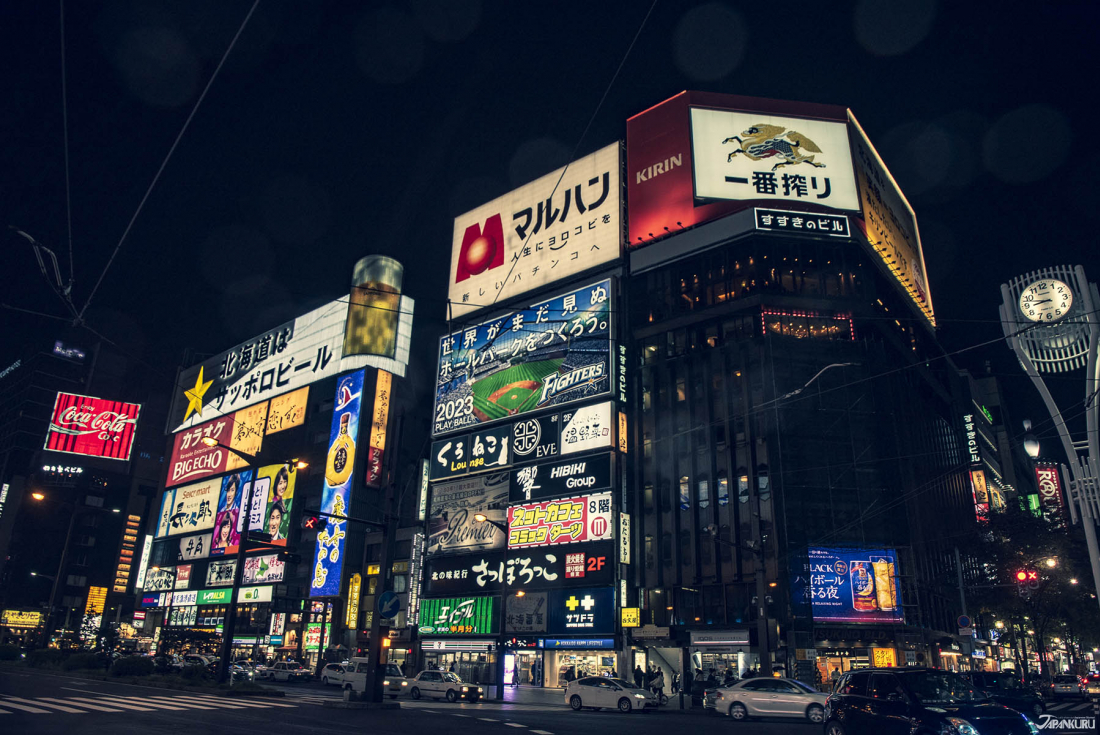
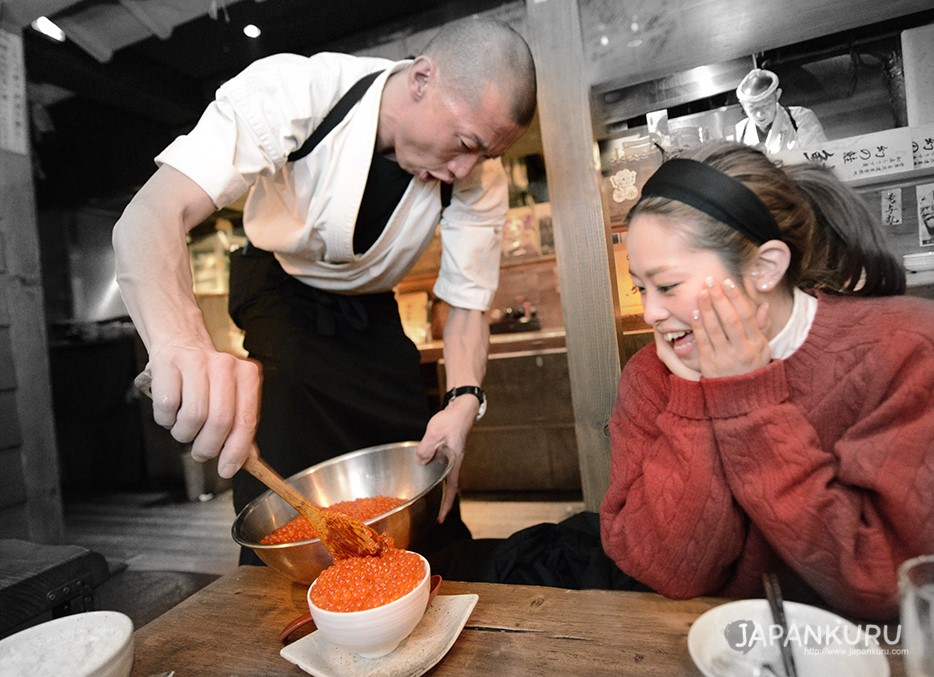
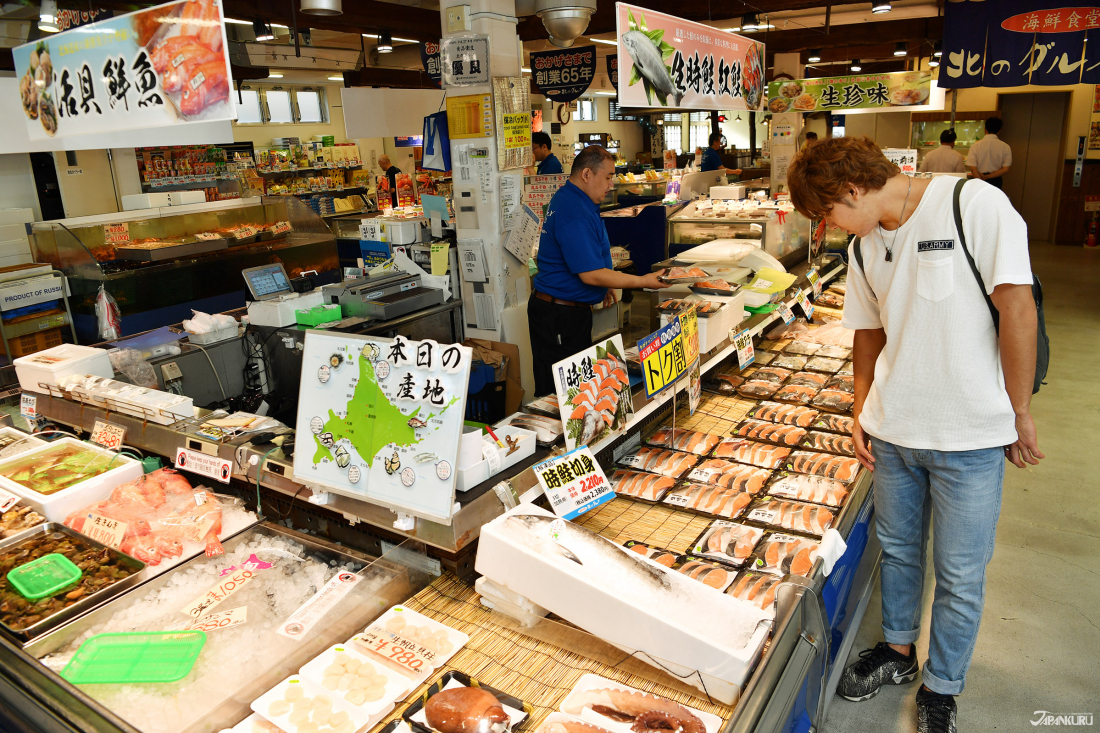


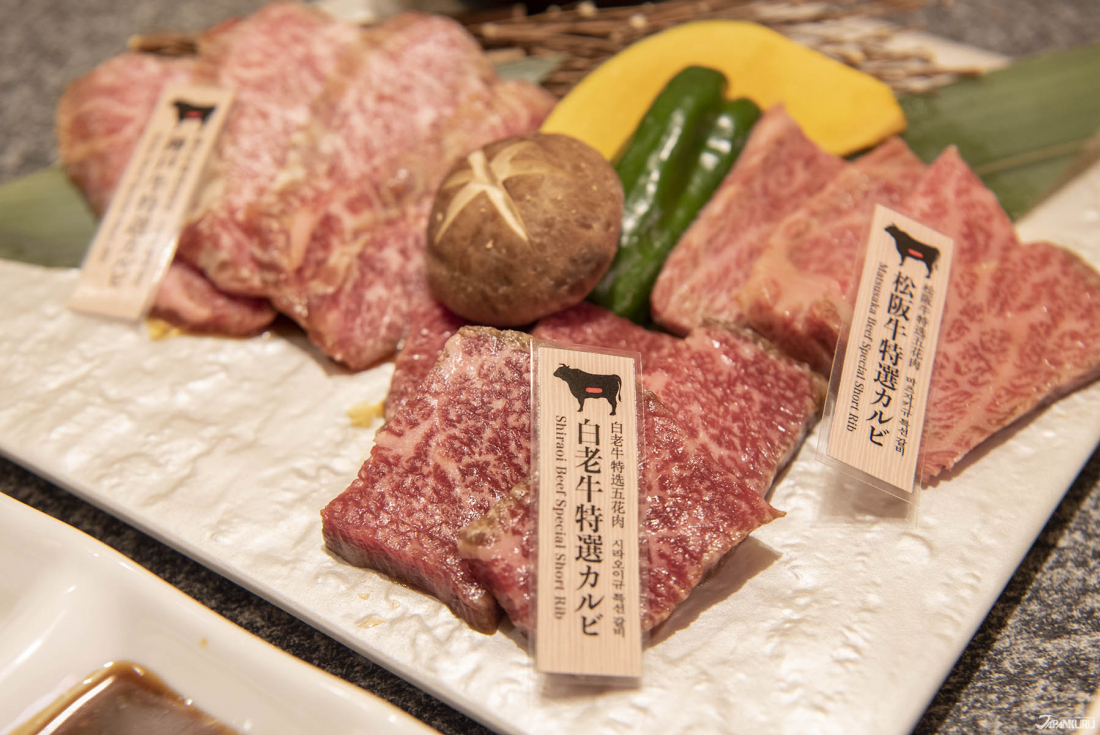
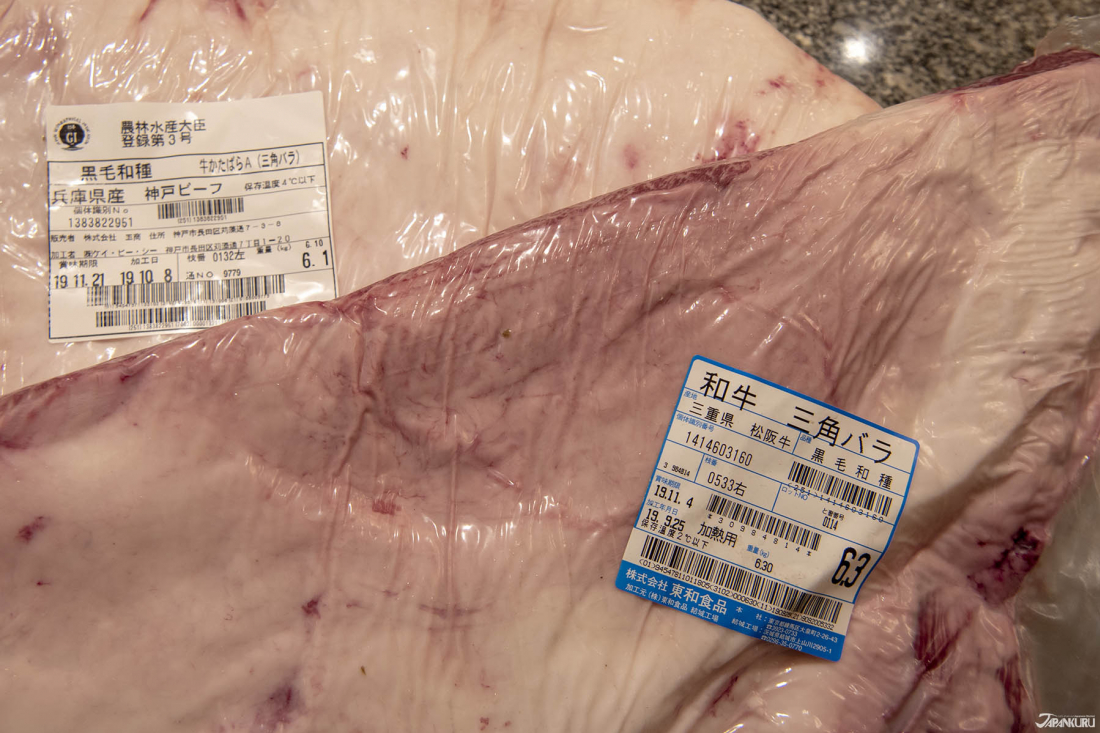
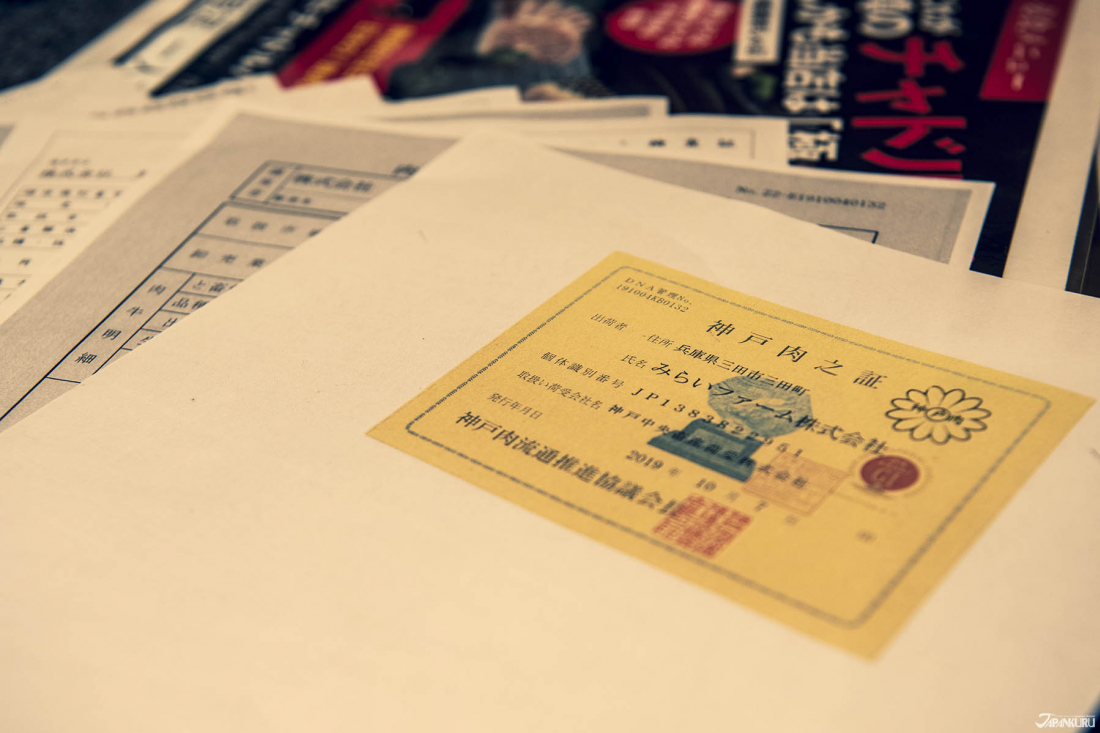

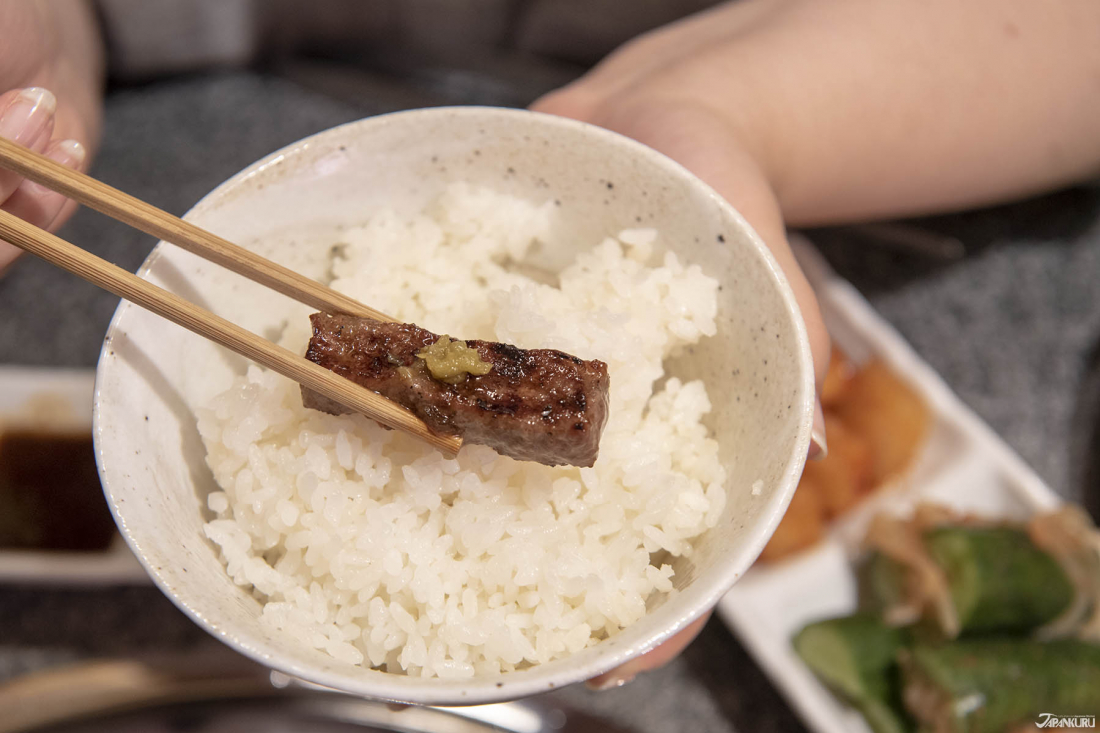
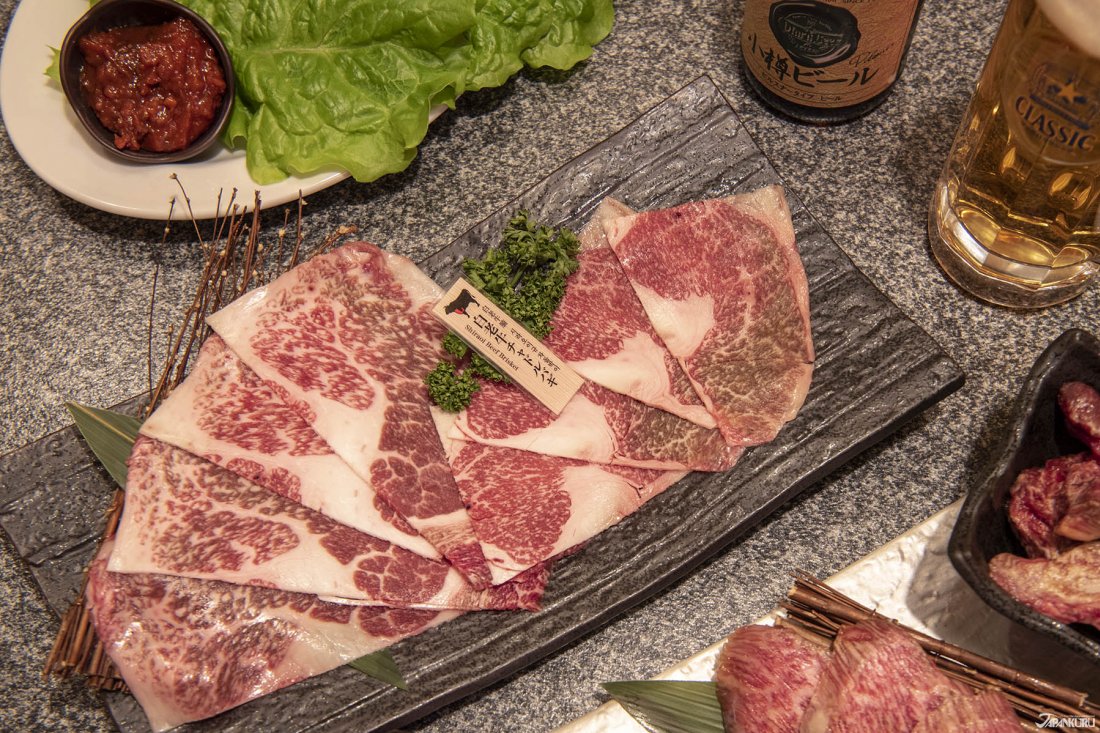
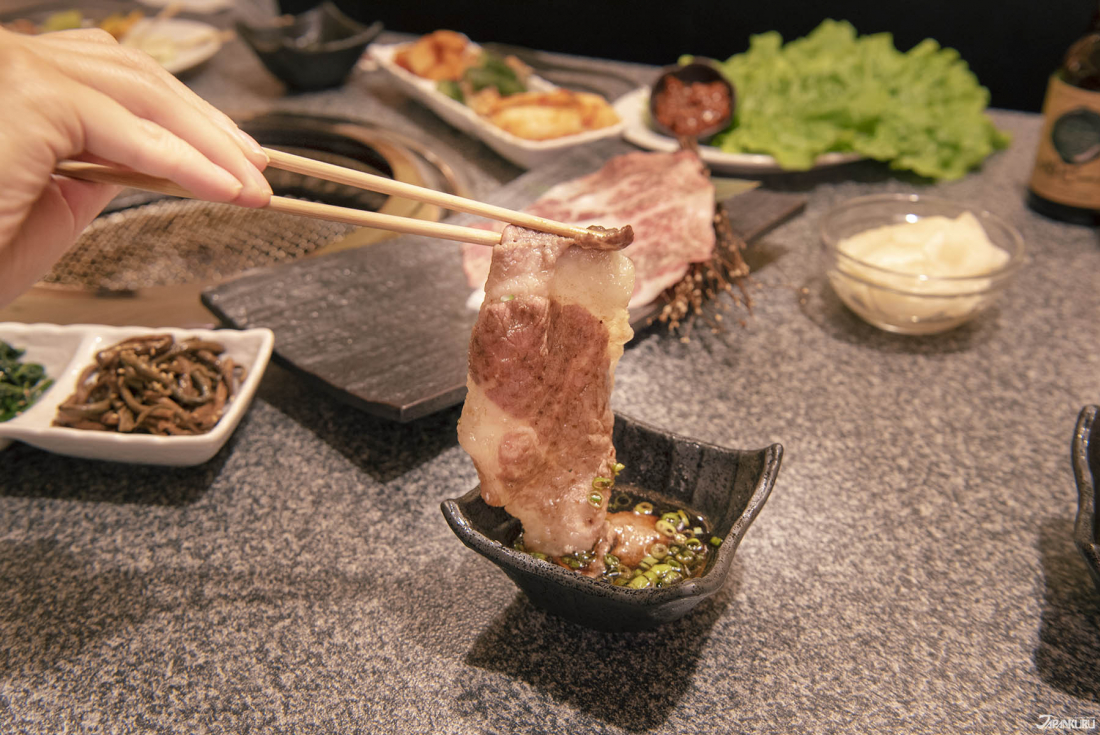
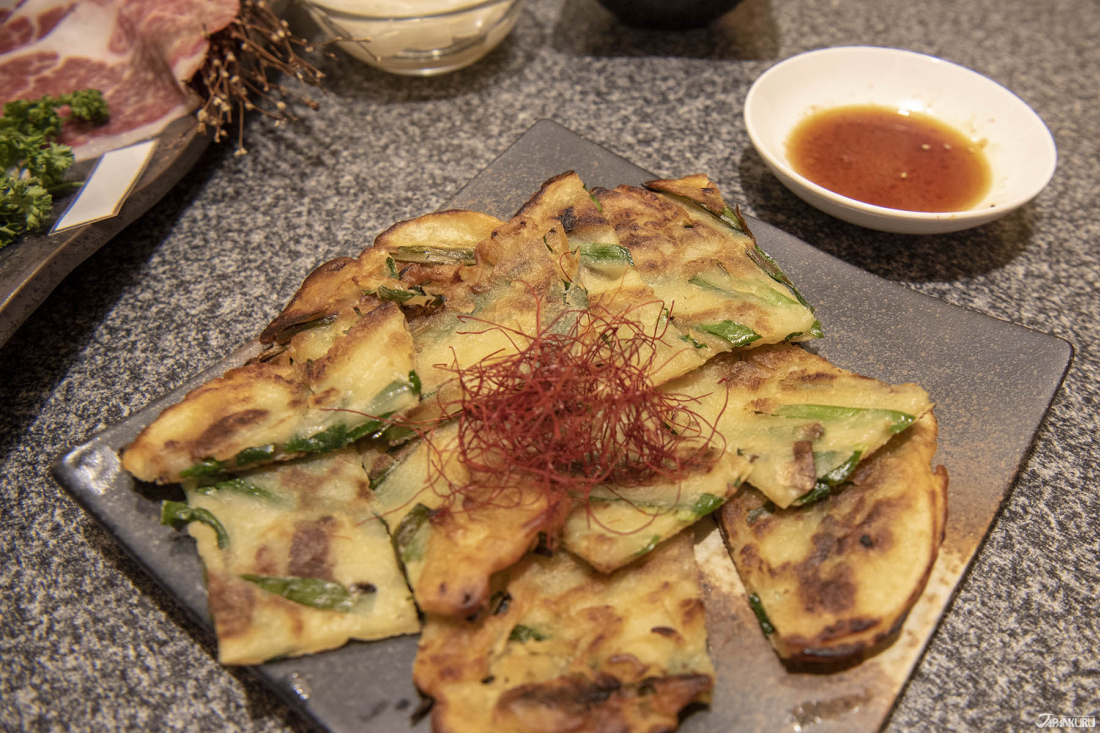
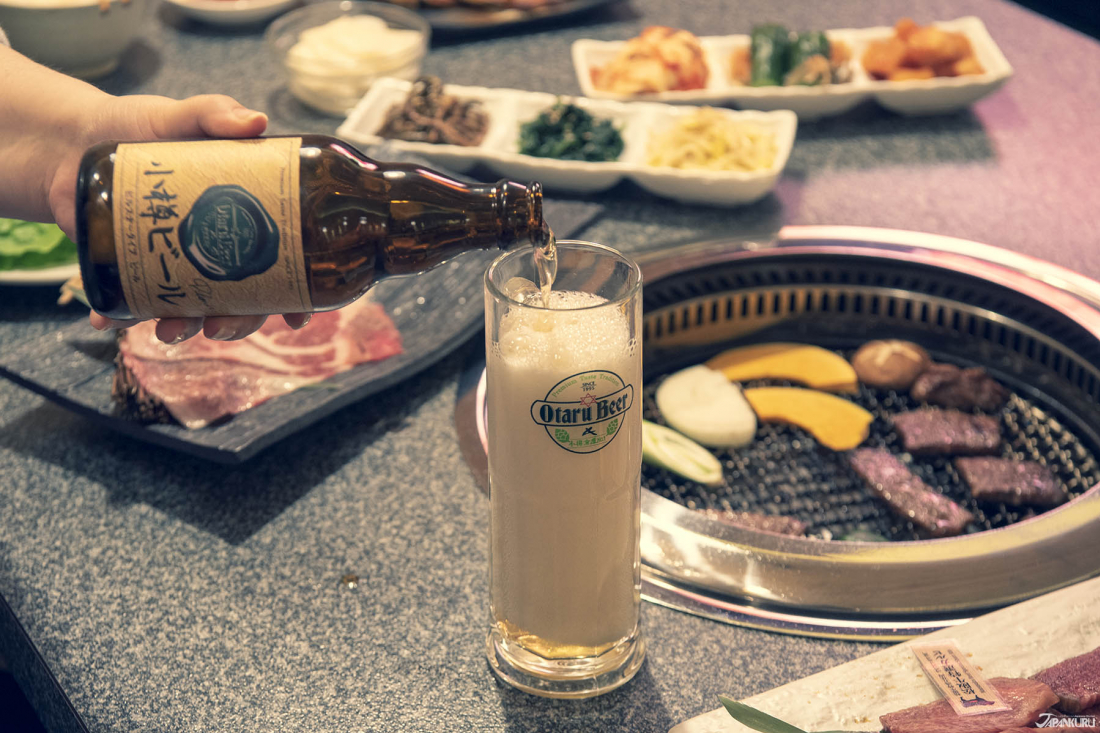
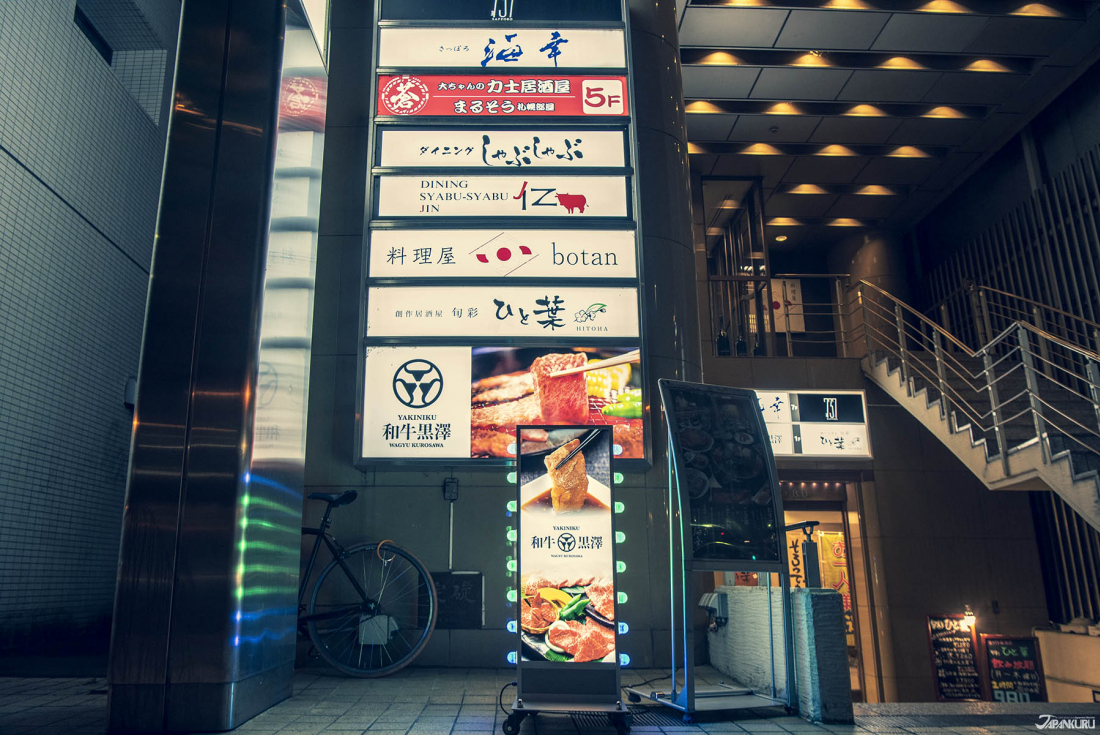




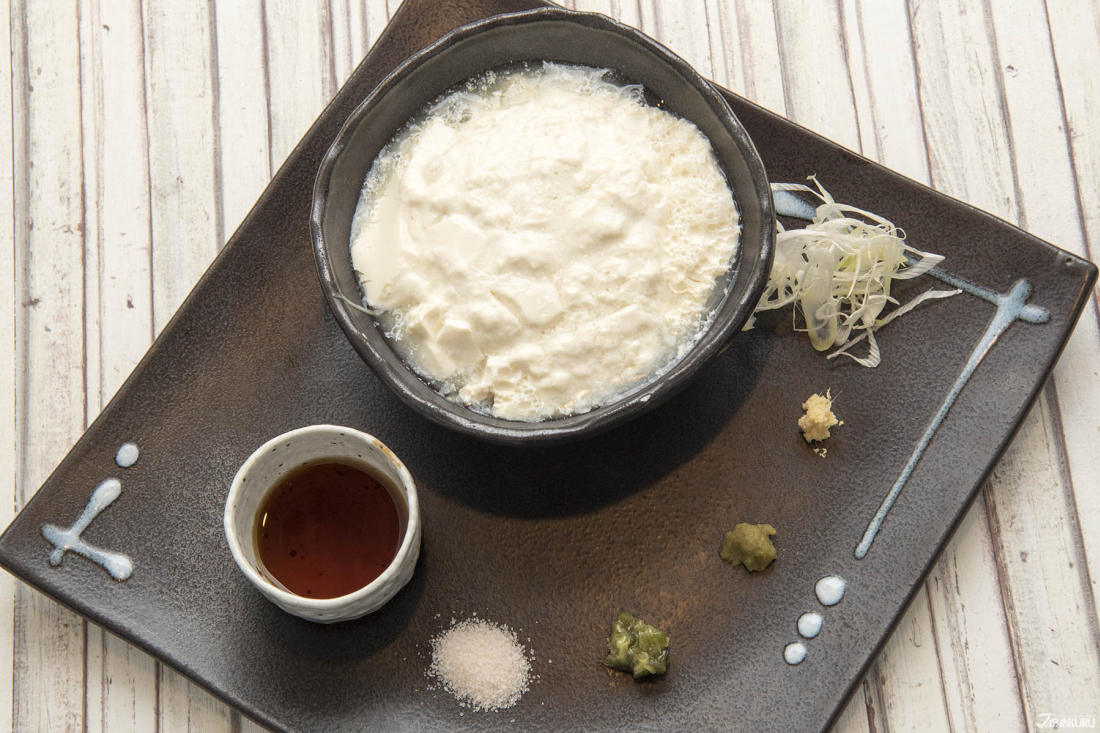
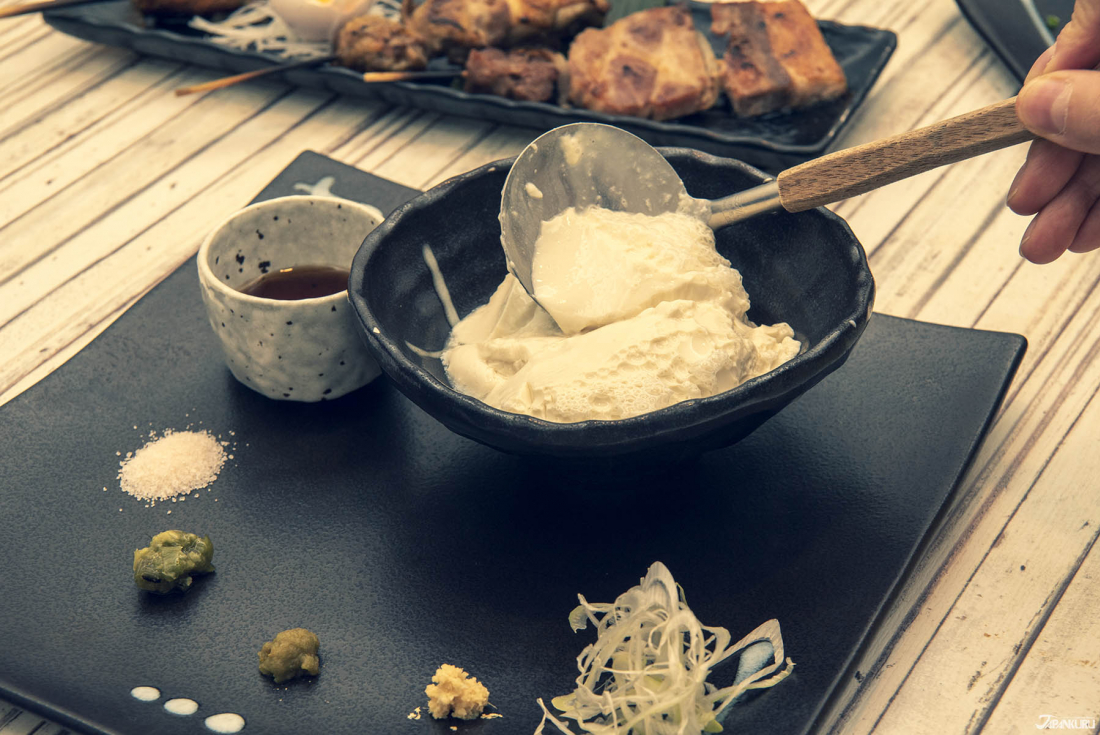
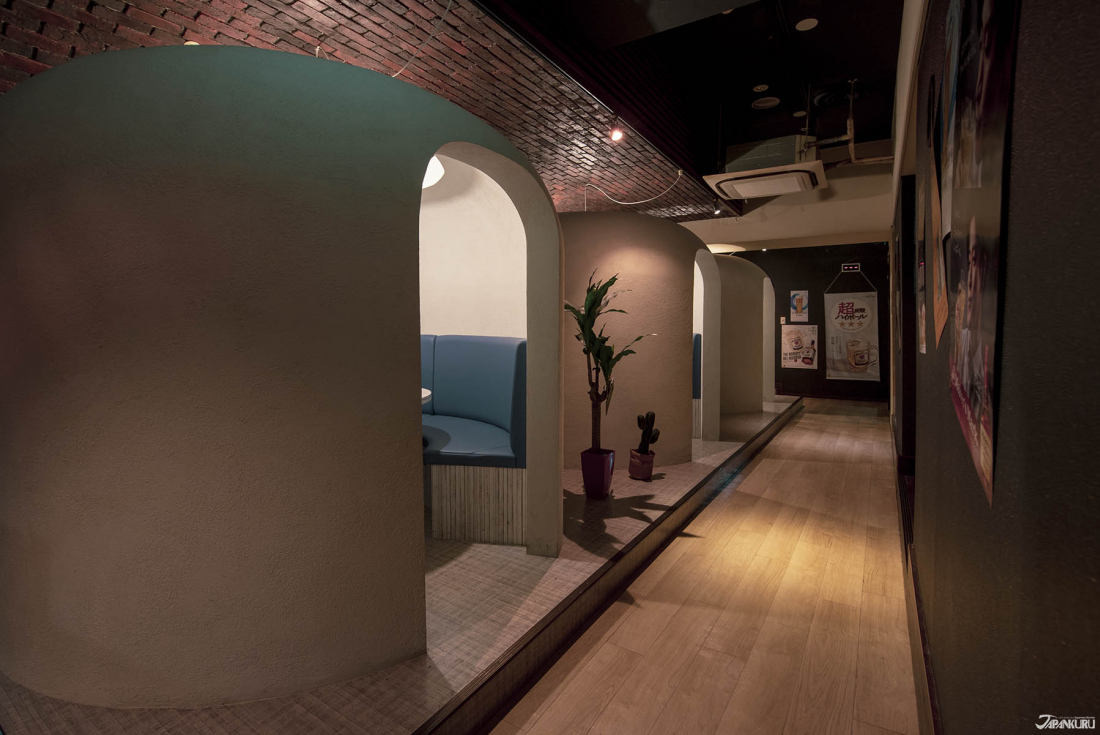
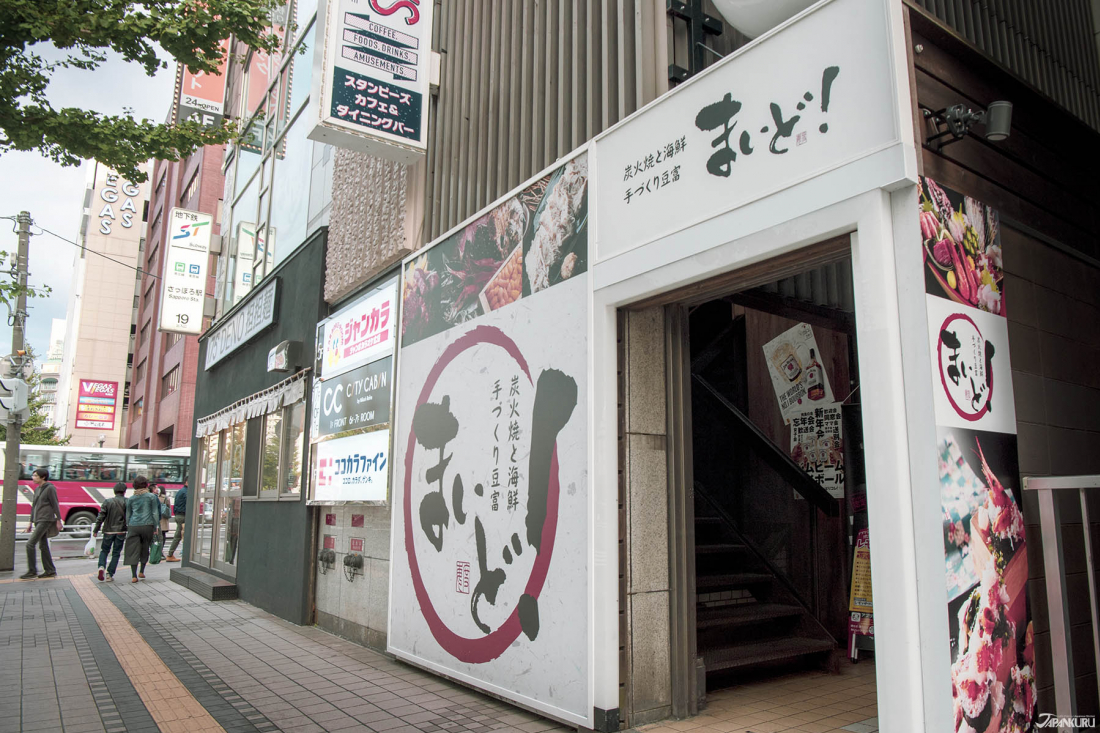


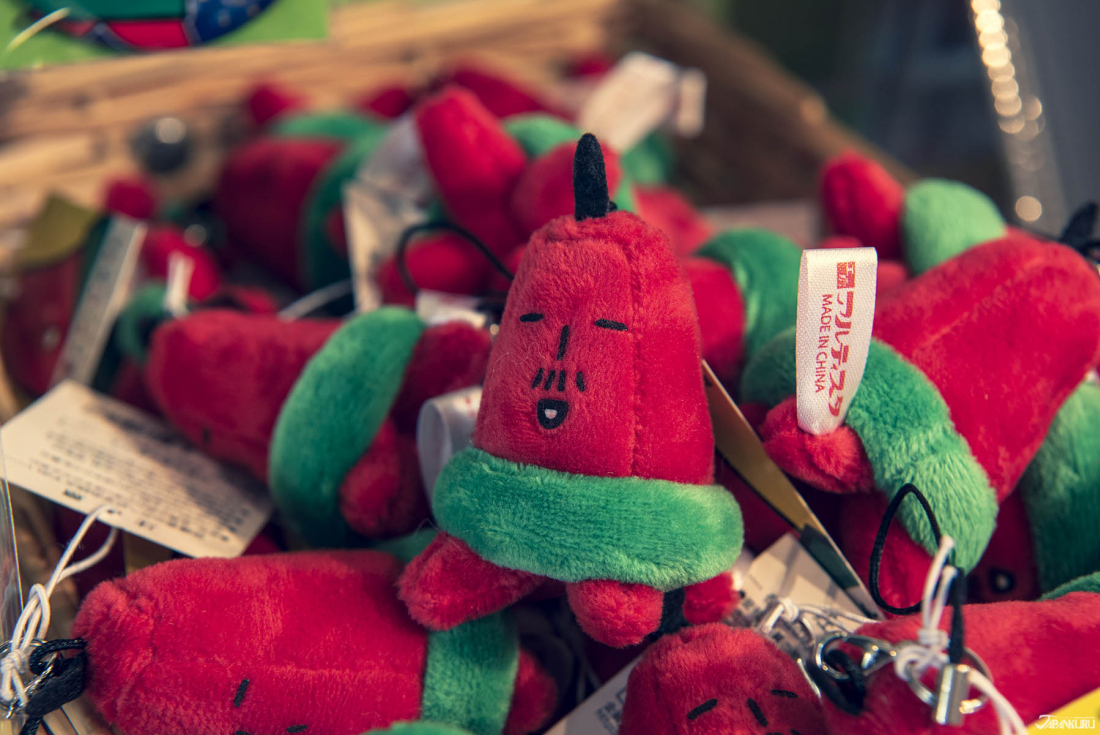

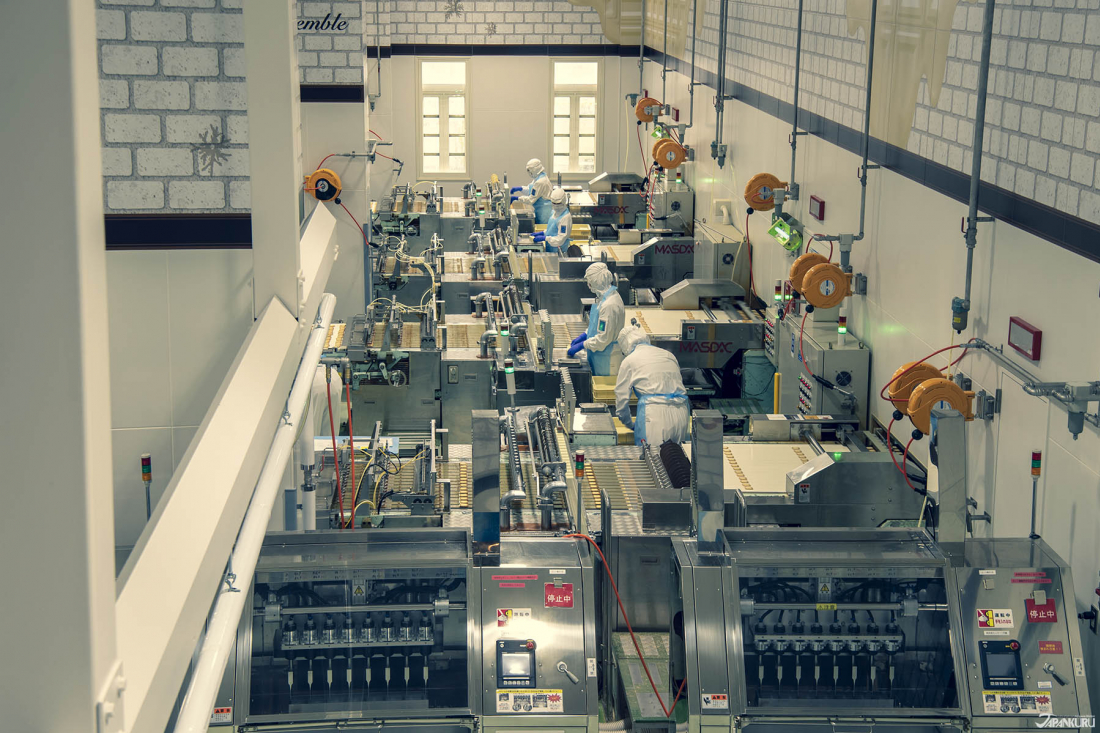
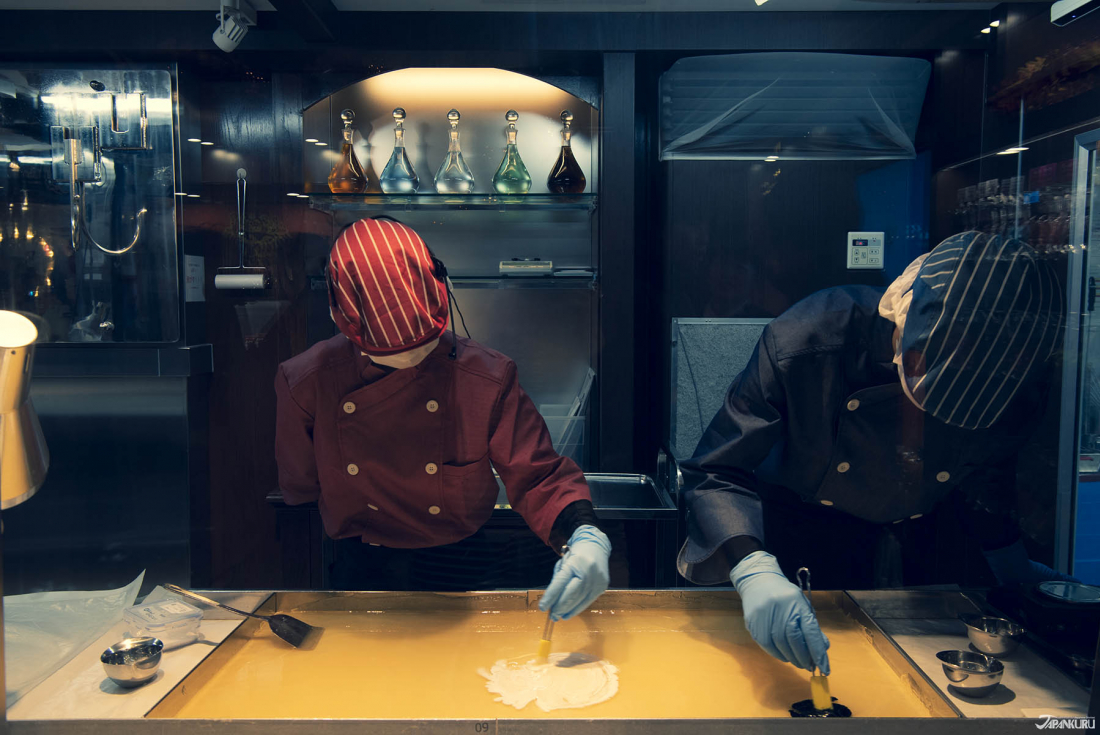





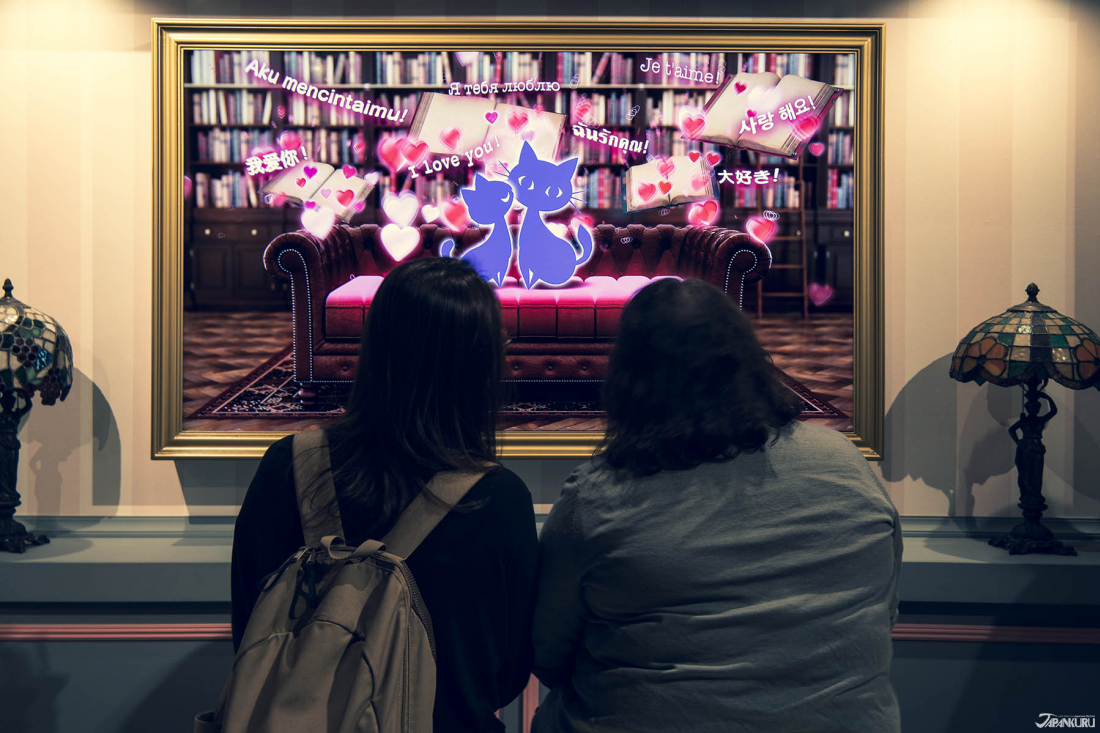

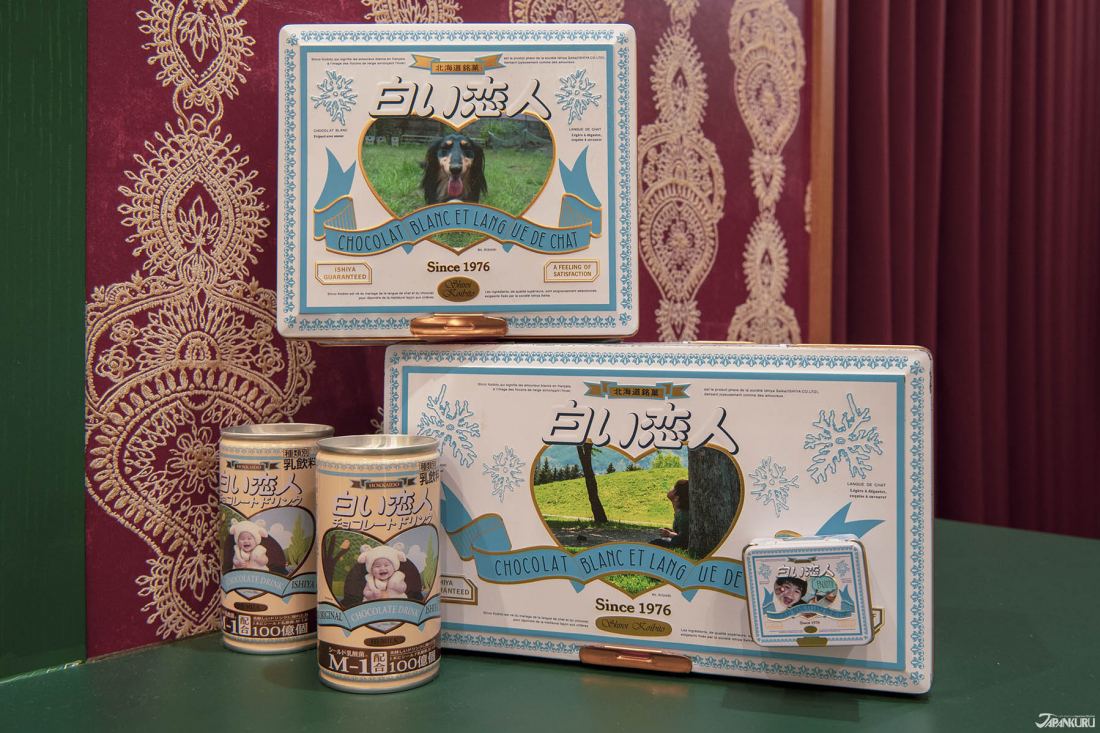
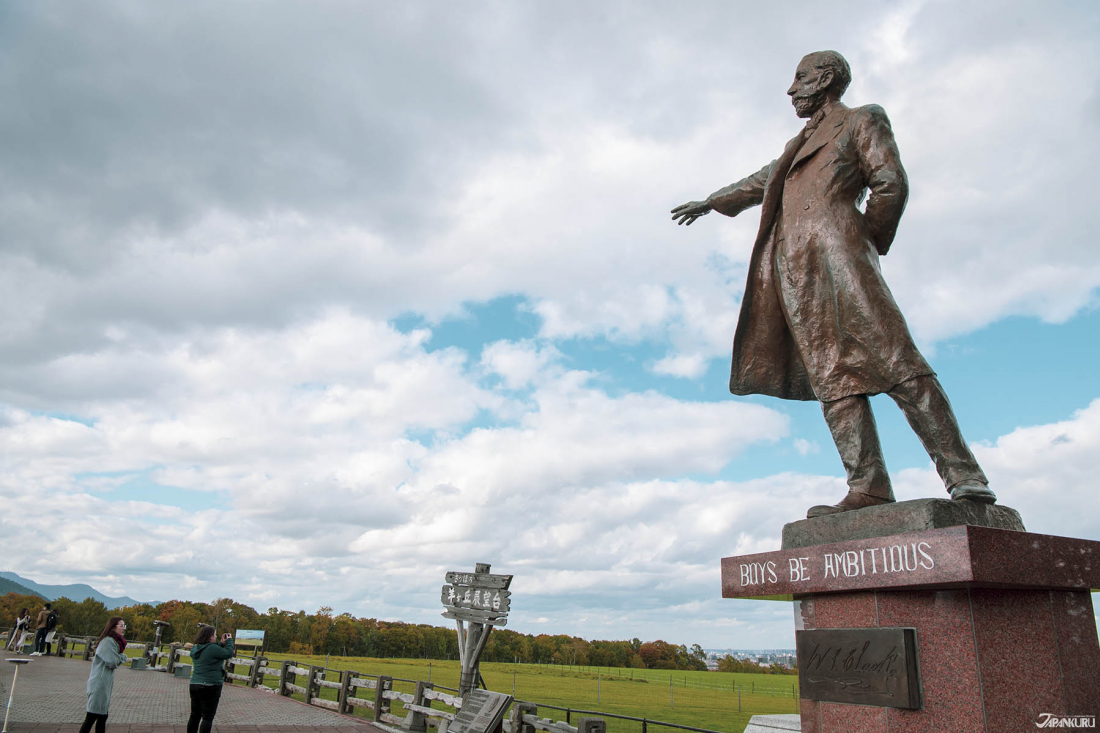

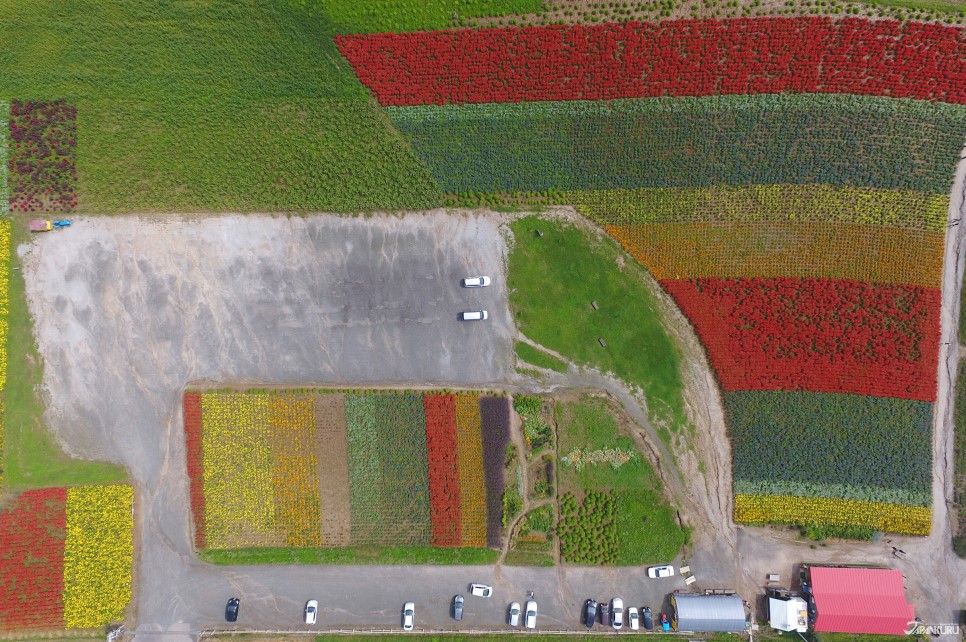




 >> Find out more at Japankuru.com! (link in bio)
#
>> Find out more at Japankuru.com! (link in bio)
#





 The Robot Restaurant is gone, but the Samurai Restaurant is here to take its place. Check it out, and don't forget your coupon!
The Robot Restaurant is gone, but the Samurai Restaurant is here to take its place. Check it out, and don't forget your coupon!
 신주쿠의 명소 로봇 레스토랑이 사무라이 레스토랑으로 부활! 절찬 쿠폰 발급중
신주쿠의 명소 로봇 레스토랑이 사무라이 레스토랑으로 부활! 절찬 쿠폰 발급중
 18歲以上才能入場的歌舞秀,和你想的不一樣!拿好優惠券去看看~
#tokyo #shinjuku #samurairestaurant #robotrestaurant #tokyotrip #도쿄여행 #신주쿠 #사무라이레스토랑 #이색체험 #할인이벤트 #歌舞伎町 #東京景點 #武士餐廳 #日本表演 #日本文化體驗 #japankuru #japantrip #japantravel #japanlovers #japan_of_insta
18歲以上才能入場的歌舞秀,和你想的不一樣!拿好優惠券去看看~
#tokyo #shinjuku #samurairestaurant #robotrestaurant #tokyotrip #도쿄여행 #신주쿠 #사무라이레스토랑 #이색체험 #할인이벤트 #歌舞伎町 #東京景點 #武士餐廳 #日本表演 #日本文化體驗 #japankuru #japantrip #japantravel #japanlovers #japan_of_insta
 코지마 x 빅 카메라 쿠폰으로 일본 가전 제품 쇼핑하기
#pr #japankuru #japanshopping #kojima #biccamera #japaneseskincare #yaman #dji #osmopocket3 #skincaredevice #日本購物 #美容儀 #相機 #雅萌 #日本家電 #일본여행 #면세 #여행꿀팁 #일본쇼핑리스트 #쿠폰 #일본쇼핑 #일본브랜드 #할인 #코지마 #빅카메라 #japankurucoupon
코지마 x 빅 카메라 쿠폰으로 일본 가전 제품 쇼핑하기
#pr #japankuru #japanshopping #kojima #biccamera #japaneseskincare #yaman #dji #osmopocket3 #skincaredevice #日本購物 #美容儀 #相機 #雅萌 #日本家電 #일본여행 #면세 #여행꿀팁 #일본쇼핑리스트 #쿠폰 #일본쇼핑 #일본브랜드 #할인 #코지마 #빅카메라 #japankurucoupon
































 Oita Hello Kitty Airport
Oita Hello Kitty Airport  Lands April 13th
Lands April 13th









